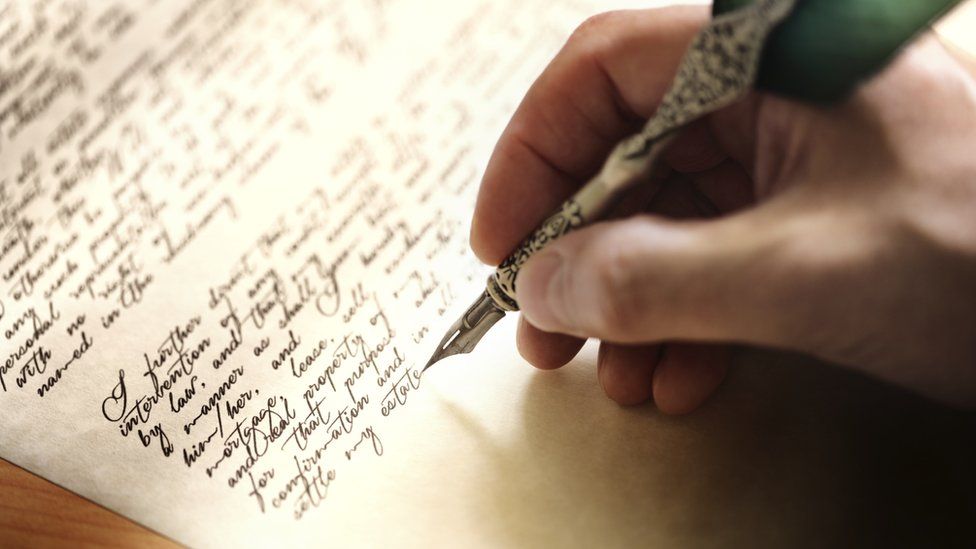
The Rashomon Effect is a common storytelling device used by many films and TV shows that consists of different flashback sequences of the same event seen through the contradictory perspectives of multiple characters. The idea of this trope is based on the very real phenomenon that a single event can be seen in various ways depending on who perceives it. I like this trope a lot because it’s not only a great way to explore the mentality and often the personality flaws of fictional characters in depth, but it says a lot about human beings and the unfortunate notion that something seemingly as simple as true objectivity can sometimes feel like as much of an illusion as a tall tale.
The film that popularized this trope and became its namesake is Akira Kurosawa’s jidaigeki masterpiece Rashomon (1950). Set in Kyoto, Japan during the Heian Period (794-1185 AD), the plot of the film involves a woodcutter (Takashi Shimura) and a priest (Minoru Chiaki) both being asked to recount the story of an assault and murder of a samurai (Masayuki Mori), but the woodcutter and the priest both tell the story very differently. Which complicates things when both men testify about the murder in court, and especially when the murder suspect, a bandit named Tajōmaru (Toshiro Mifune), is brought in to testify as well. Although even the bandit’s account is called into question when the murdered samurai’s wife (Machiko Kyō) is also questioned by the authorities. Which one of these storytellers is lying and why they are lying becomes a part of the film’s focus, although Kurosawa obviously has a lot more on his mind with this film than a murder mystery.

Based on a 1922 Japanese short story called In a Grove by Ryūnosuke Akutagawa, director and screenwriter Akira Kurosawa initially wanted to make Rashomon with his regular studio partner Toho, which had distributed almost all of his films from the 1940s, but despite what seemed like a fruitful and valuable partnership, Toho refused to produce this film. Which kind of goes to show how radically different this film was from his previous ones.
Rashomon had a small budget and a close-knit group of passionate people working on it, both behind and in front of the camera. Kurosawa of course had already worked closely with Mifune, Shimura and Mori on other films, while Machiko Kyō, the woman who played the samurai’s widow, was a lucky stroke of casting because Rashomon distributor Daiei Films discovered her a year before the film came out. Kurosawa chose her for the role based on her enthusiasm for the material and dedication to the part, a good example of that dedication being how she literally shaved her eyebrows before even coming in for a makeup test.

Even cinematographer Kazuo Miyagawa was given creative freedom to enhance the story, while Kurosawa would use editing, lighting and the performances of his cast to enhance Kurosawa and Shinobu Hashimoto’s screenplay in significant ways. You may even notice how Kurosawa was inspired by silent films as you watch this.
Japanese critics are often harsh towards their own films and the response to this film was no different (they hated Godzilla too), but it was widely acclaimed and much more appreciated by the West, with the New York Times even calling it brilliant and hypnotic. It also won an Oscar in 1952 for Honorary Foreign Language Film, and was nominated for its art direction. Some film historians even see Rashomon as the beginning of the international new wave movement that swept the world in the post-war era, most famously in Europe. In a previous blog I ranked this as one of the ten best films of all time. Why did I include it? Because I think it might be the best film I’ve ever seen about the subjective perception of reality and how human ego and self-preservation can often get in the way of truth. Importantly, Kurosawa never reveals what the actual truth is, because he claimed that the point of the film is not to explore one reality but rather to explore multiple realities.

This may surprise some people but despite how well conceived this film is from a cinematic perspective and my clear love for film analysis, I tend not to be the type of person who thinks too deeply about allegories and morals because I think the entertainment factor and how a film makes you feel are the most important factors of stories centered on fictional characters (I mean, this blog is literally called the Entertainment Junkie Blog), but I will say that some people have seen Kurosawa’s tale of subjective truth and made some pretty interesting theories about its connection to the real world. Some people see it as an allegory about the contradiction between the perspective of the Japanese government and the perspective of Japanese civilians following Japan’s defeat in World War II (although, as I said, this film was based on a 1922 short story) while others connect the film’s theme of rape to the freedom Japanese newspapers gained at the time to report accurately about the multiple rapings of Japanese women by American occupation troops in post-War Japan.
Just like the story being told by the woodcutter, the priest, the bandit and the samurai’s widow in Rashomon, cinema is subjective. So all these perspectives are valid and they only deepen the film’s cultural and historical significance. But even for an American ’90s kid like me (whose only context for Japanese culture was anime and video games) this just holds up as an incredible human drama and a masterpiece of storytelling.
















